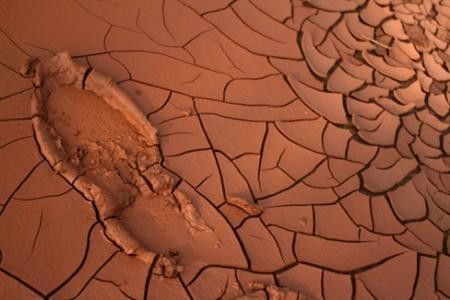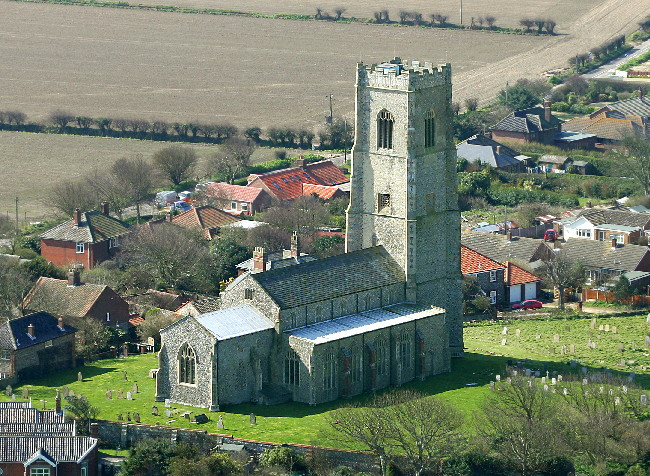Ancient 800,000 Year Old Norfolk Footprints Reveal Oldest Species of Man

The oldest footprints discovered outside of Africa have been exposed by sea tides in Norfolk.
Scientists from the British Museum, along with other experts from UK universities, found the prints in a river estuary in Happisburgh, a village on the north-east coast of the the county.
According to the researchers, the footprints were left by a small group of adults and children travelling south across the estuary at Happisburgh. The prints dated from the geology, beneath later glacial deposits and the fossil remains of extinct animals, such as mammoths and a type of horse which no longer exists.

Other than abandoned animal bones and stone tools, the prints are the first solid evidence of the earlier known humans in northern Europe. According to the scientists, one of the prints belonged to someone with a size 8 shoe. They estimated the height of the individual as 5ft 7in tall.
In 2010, Happisburgh became a site of national archaelogical importance when 800,000-year-old flint tools were found, which was the oldest evidence of human occupation anywhere in Britain.
According to Chris Stringer, of the Natural History Museum, the people were descended from the Atapuerca community in Spain. Stringer described the humans as homo antecessor, one of the oldest known species of man. They became extinct in Europe and various archaeologists and anthropologists have claimed the species has an evolutionary link with homo heidelbergensis.
The footsteps were first analysed last May and were destroyed by the sea tides within two weeks. However, researchers took casts and recorded the prints before they disappeared for good. The area of Happisburgh is declining due to cliff erosion.
Nick Ashton, of the British Museum, said the current storms may erode the coastline to reveal more footprints. He told the Guardian: "This is an extraordinarily rare discovery. The Happisburgh site continues to rewrite our understanding of the early human occupation of Britain and indeed of Europe."
Using photogrammetry to merge photographs into a 3D image, Ashton and his colleagues confirmed the marks showed evidence of a heel, arch and toes.
© Copyright IBTimes 2025. All rights reserved.






















